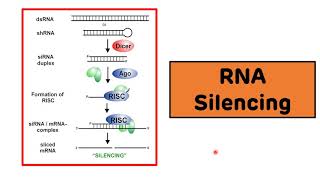Written by : Amit Kumar Maheshwari1, Hardik Javia,*, Dinesh Sharma, Darshan Patel
An Introduction
Diabetes mellitus is a group of metabolic diseases characterized by hyperglycemia resulting from defects in insulin secretion, insulin action, or both.1 Ferritin is a globular protein that stores iron. In deficiency state the iron is released from ferritin.
Iron converts poorly reactive free radical into highly active free radical which can attack cell membrane lipids, DNA, tissues and proteins which may help in the development of diabetes by developing insulin resistance (hyperinsulinemia) initially followed by decrease secretion and diabetes.
Uncontrolled diabetes causes increased glycation of hemoglobin, which releases the iron from the heme. This leads to continous chain reaction of hyperglycemia, glycation of globin chain of Hb and elevation in free iron. Free iron starts lipid and protein oxidation and helps in the synthesis of reactive oxygen species.
Iron stores are associated with insulin sensitivity, insulin secretion and type 2 diabetes. Although the exact mechanism of iron-induced diabetes is uncertain, it is likely as discussed below to be mediated by three key mechanisms.
1. Insulin deficiency,
2. Insulin resistance, and
3. Hepatic dysfunction.
Iron stores, expressed as serum ferritin concentration have been proposed to be a component of the insulin-resistance syndrome. Indeed, the After taking informed consent they all were diagnosed by clinical examination and further evaluated by biochemical investigations. The patients were diagnosed based on the criteria laid down by American Diabetic Association (ADA); 2012.The study was reviewed and approved by the Human Ethics Committee of Govt. Medical College, Bhavnagar.




